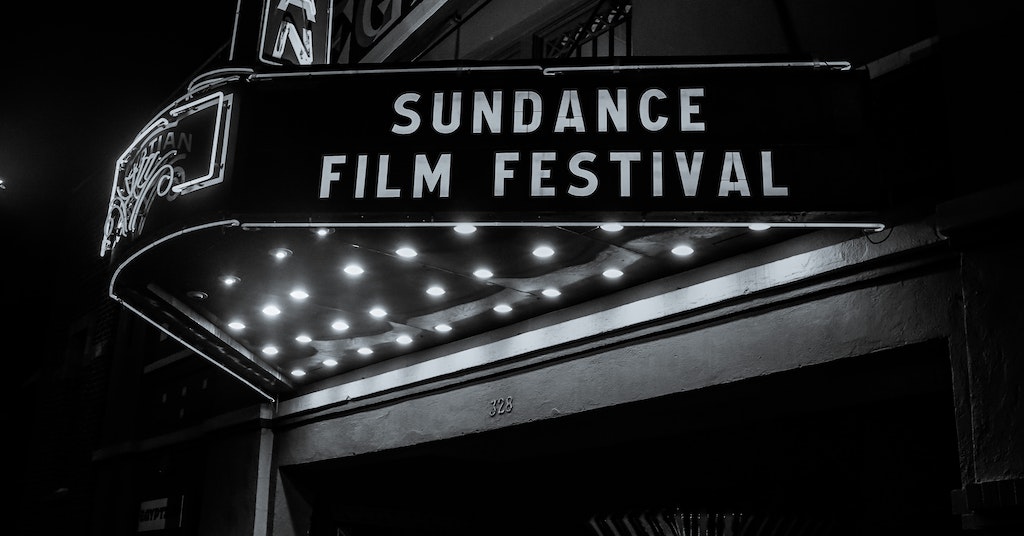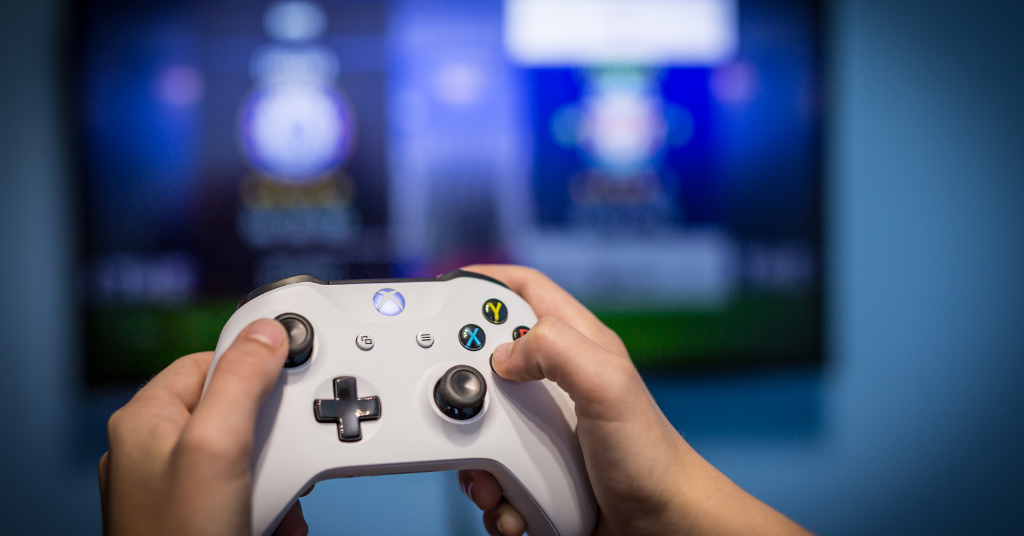Phonak site relaunch
December 14, 2022Deaf mother, athlete, and teacher of the deaf
December 21, 2022Study: Deaf representation in the entertainment industry

The National Research Group (NRG) and the Deaf West Theater recently released a groundbreaking report on Deaf representation in the entertainment industry. It includes suggestions how to be more inclusive.
Methodology
When CODA won the Academy Award for Best Picture with a predominantly Deaf cast in February of 2022, it inspired this study to analyze Deaf representation. In September 2022, Deaf West Theater, an artist organization in Los Angeles that seeks to be “the artistic bridge between the Deaf and hearing worlds,” collaborated with the National Research Group. Together, they surveyed 1,000 members of the Deaf community and 1,000 U.S. consumers.
Read more: The state of Deaf representation in media and entertainment
Findings: Deaf Representation in the Entertainment Industry
A main finding was an emerging wave of interest in Deaf stories. For example, 56 percent of Deaf individuals reported watching at least one form of media that featured a Deaf character within the past six months. This is in conjunction with 43 percent of hearing individuals reporting they’ve watched at least one also. Furthermore, 73 percent of hearing audiences think that Deaf representation has improved over the past year. This was paralleled with Deaf audiences, with 79 percent agreeing.
The report highlighted how CODA also increased public interest, with 66 percent of Deaf consumers confirming that its success at the Academy Awards contributed to the rising attention. However, the research also displays the flip side. About 57 percent of Deaf consumers reported that they “never” or “rarely” felt that their personal identity was reflected in movies. Moreover, Deaf characters are some of the least prominent minority groups in media, with 49 percent of consumers corroborating this feeling.
This is especially concerning, as “76% of Deaf people believe that the way their community is portrayed in fiction influences how they are perceived in the real world,” the report stated.
“Seventy six percent of Deaf people believe that the way their community is portrayed in fiction influences how they are perceived in the real world.”
Read more: New Study Claims 63% of Deaf Consumers Say Hollywood Perpetuates Negative Stereotypes
Mediums Displaying Deaf Content
Other concerns the study brought up were the limited genres and mediums that include Deaf representation. For example, only 31 percent of hearing consumers reported that they have seen Deaf characters in books. The genres containing Deaf representation are mainly confined to documentaries, comedy, and drama. Researchers noted little to no representation in animation, action, or science fiction.
An additional consideration: the intersectional identities that are portrayed in media. For example, “In the US, hearing consumers are over twice as likely to have seen media featuring white Deaf people as they are to have seen media featuring Deaf people of color.”
This is compounded with how the Deaf community is concerned about Deaf characters being portrayed as objects of pity. The report stated that 70 percent detailed this worry. Another 74 percent expressed dissatisfaction that content surrounding Deaf individuals is mainly about being Deaf, compared to other aspects of life.
Accessibility Issues for the Deaf Community
A final area of focus surrounding Deaf representation in the entertainment industry was on accessibility issues. The data displayed 58 percent of Deaf consumers noticing accessibility barriers in live theater and music. Around half of them also reported that lack of captioning was a common issue.
The research suggested expanding inclusivity for Deaf representation through several ways:
- Hire more Deaf talent. To emphasize why this is needed, 69 percent of Deaf participants reported that it’s imperative to them that Deaf roles are always occupied by Deaf individuals or actors for true authenticity.
- Make content fully accessible to Deaf audiences. This is especially important as many still struggle with accessibility.
- Include a greater variety of Deaf representation. This would incorporate a wide variety of genres and mediums, as well as characters with intersectional identities.
Read more: Deaf representation is lacking. This is why it matters.



